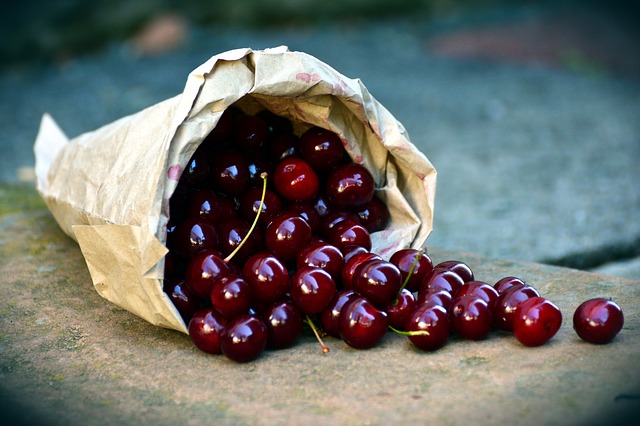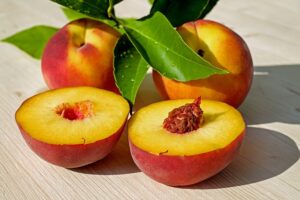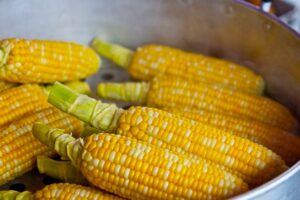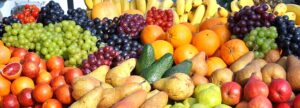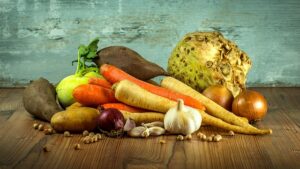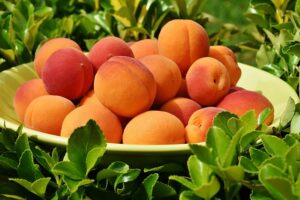Introduction
Carbohydrates are essential macronutrients that play a crucial role in providing energy for the body. They are composed of carbon, hydrogen, and oxygen atoms, and their basic unit is a monosaccharide. When monosaccharides combine, they form polymers known as polysaccharides. These polysaccharides serve various functions in living organisms. In this article, we will explore the polymer for carbohydrates in more detail.
Polysaccharides: The Polymer for Carbohydrates
Polysaccharides are complex carbohydrates made up of long chains of monosaccharide units. They are formed through a process called condensation, where the hydroxyl group of one monosaccharide reacts with the hydroxyl group of another, resulting in the release of a molecule of water. This process links the monosaccharides together, forming glycosidic bonds.
There are several types of polysaccharides, each with its own unique structure and function. Let’s explore some of the most important ones:
Starch
Starch is the primary storage polysaccharide in plants. It is composed of two types of glucose polymers: amylose and amylopectin. Amylose is a linear chain of glucose molecules, while amylopectin is a branched chain. Starch serves as an energy reserve in plants and is also an important source of dietary carbohydrates for humans.
Glycogen
Glycogen is the storage polysaccharide in animals, including humans. It is structurally similar to amylopectin but more highly branched. Glycogen is primarily stored in the liver and muscles and serves as a readily available source of glucose when the body needs energy.
Cellulose
Cellulose is the most abundant organic compound on Earth and is found in the cell walls of plants. Unlike starch and glycogen, cellulose is composed of glucose molecules linked together in a linear chain. The arrangement of these glucose units and the presence of hydrogen bonds between adjacent chains give cellulose its rigid and fibrous structure. Cellulose provides structural support to plants and is also an important dietary fiber for humans.
Chitin
Chitin is a polysaccharide found in the exoskeletons of arthropods, such as insects and crustaceans, as well as in the cell walls of fungi. It is composed of N-acetylglucosamine units linked together in a linear chain. Chitin provides strength and rigidity to the exoskeletons of these organisms.
Conclusion
In conclusion, the polymer for carbohydrates is the polysaccharide. Polysaccharides are complex carbohydrates formed by the linking of monosaccharide units through glycosidic bonds. They serve various functions in living organisms, including energy storage, structural support, and protection. Some important polysaccharides include starch, glycogen, cellulose, and chitin.
References
– Britannica: https://www.britannica.com/science/polysaccharide
– Biology Dictionary: https://biologydictionary.net/polysaccharide/
– Nature Education: https://www.nature.com/scitable/topicpage/polysaccharides-14232364/

